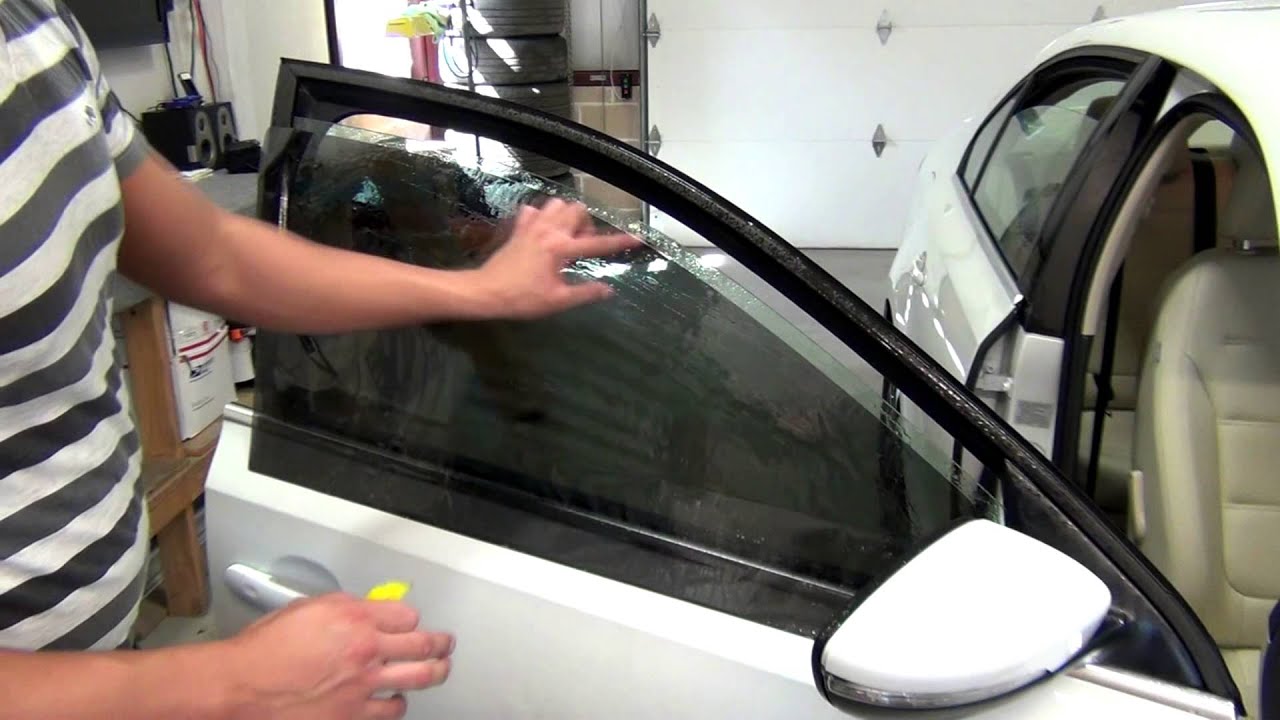Window tinting is more than just a style statement for your solar control window tinting vehicle or property; it’s a practical solution that offers a multitude of benefits. From reducing heat and glare to providing privacy and protection, window tinting has become increasingly popular among car owners, homeowners, and businesses alike. In this comprehensive guide, we’ll delve into the world of window tinting, exploring its benefits, types, installation process, and maintenance tips.
Understanding Window Tinting:
Window tinting involves applying a thin, transparent film to the interior surface of windows. This film is typically made from polyester and can vary in thickness and composition depending on its intended use. While some tints are designed primarily for aesthetics, others are engineered to block out UV rays, reduce heat, and enhance privacy.
Benefits of Window Tinting:
- Heat Reduction: One of the primary benefits of window tinting is its ability to reduce heat buildup inside vehicles and buildings. By blocking a significant portion of the sun’s infrared radiation, tinted windows help keep interiors cooler, thus improving comfort levels and reducing the need for excessive air conditioning.
- UV Protection: Window tinting provides an effective barrier against harmful ultraviolet (UV) rays, which can cause skin damage and fade interior furnishings. High-quality tints can block up to 99% of UV radiation, helping to safeguard occupants and preserve the integrity of upholstery, flooring, and artwork.
- Glare Reduction: Glare from the sun or headlights can be a major safety hazard, especially when driving. Tinted windows help minimize glare, ensuring better visibility and reducing eye strain for drivers and passengers.
- Privacy Enhancement: Tinted windows offer increased privacy by limiting the visibility of interiors from the outside. This is particularly beneficial for homes, offices, and vehicles where privacy is a priority.
- Enhanced Security: In addition to privacy, window tinting can improve security by making it more difficult for would-be thieves to see inside vehicles or buildings. The film adds an extra layer of protection against break-ins and vandalism.
Types of Window Tinting:
There are several types of window tinting films available, each offering unique features and benefits:
- Dyed Tint: This type of tint contains a layer of dye that absorbs solar heat and reduces glare. It’s an affordable option but may fade over time.
- Metalized Tint: Metalized tinting consists of multiple layers of metal particles that reflect heat and UV rays. It’s durable and provides excellent heat rejection but may interfere with electronic signals.
- Carbon Tint: Carbon tinting is known for its superior heat-blocking properties and color stability. It doesn’t contain metal, so it won’t interfere with electronic devices.
- Ceramic Tint: Ceramic tinting is the highest quality option, offering maximum heat rejection, UV protection, and clarity. It’s non-metallic and won’t interfere with signals, making it ideal for modern vehicles with advanced electronics.
Installation Process:
Window tinting should be performed by trained professionals to ensure a proper fit and long-lasting results. The process typically involves the following steps:
- Surface Preparation: The windows are thoroughly cleaned to remove dirt, dust, and debris.
- Film Application: The tinting film is carefully measured, cut, and applied to the interior surface of the windows.
- Squeegeeing: The film is smoothed out and any air bubbles or creases are removed using a squeegee.
- Drying Time: The tinting adhesive needs time to cure, so the windows should not be rolled down for a specified period.
- Final Inspection: Once the tint has fully dried, the windows are inspected for any imperfections or defects.
Maintenance Tips:
To prolong the life of your window tinting and keep it looking its best, follow these maintenance tips:
- Use a mild, ammonia-free cleaner and a soft cloth to clean tinted windows.
- Avoid abrasive materials or harsh chemicals that could damage the tint film.
- Do not roll down newly tinted windows for at least a few days to allow the adhesive to fully cure.
- Regularly inspect the tint for any signs of peeling, bubbling, or discoloration, and have any issues addressed promptly by a professional.
- Consider using a UV protective film or window treatment to further enhance the longevity of your tinted windows.
Conclusion:
Window tinting is a versatile solution that offers numerous benefits for vehicles, homes, and businesses. Whether you’re looking to improve comfort, enhance privacy, or protect against UV damage, tinted windows provide a cost-effective and stylish solution. By understanding the different types of tinting films available, investing in professional installation, and following proper maintenance practices, you can enjoy the benefits of window tinting for years to come.

